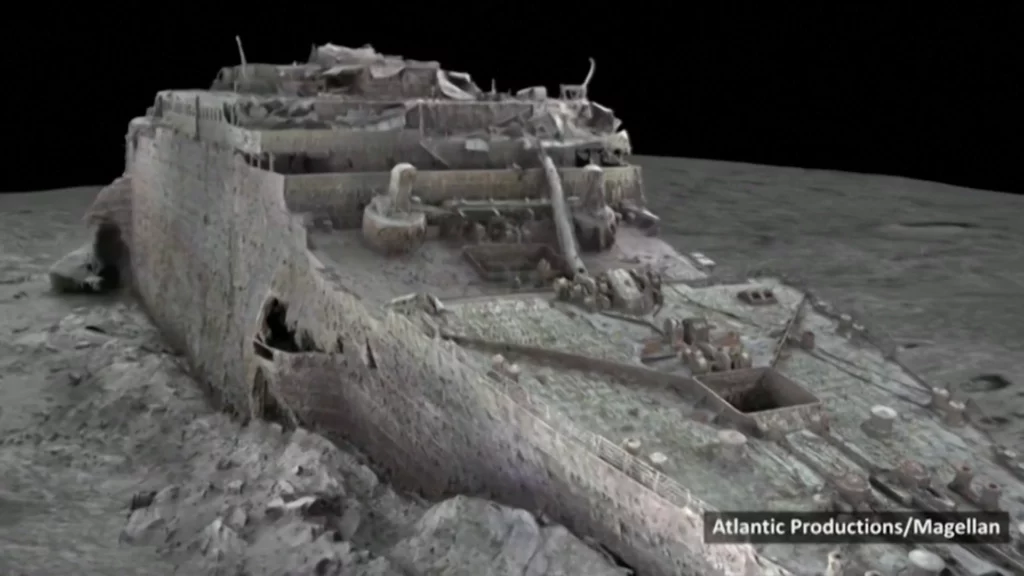A recent groundbreaking expedition to the Titanic shipwreck site has provided unprecedented insights into the iconic vessel’s final resting place on the ocean floor. The mission, employing state-of-the-art technology and a team of skilled explorers, utilized 3-D scanning techniques to create a detailed and accurate map of the wreckage. This significant endeavor promises to enhance our understanding of the tragic event and preserve the legacy of the ill-fated Titanic.
Led by a team of marine archaeologists, scientists, and deep-sea explorers, the expedition set out to capture high-resolution images and create a comprehensive 3-D model of the shipwreck. Utilizing remotely operated underwater vehicles (ROVs) equipped with advanced scanning technology, the team meticulously documented the remains of the iconic vessel, which sank over a century ago.
The expedition’s primary objectives were to digitally preserve the wreckage and gather crucial data to monitor its ongoing deterioration. The detailed 3-D scans will serve as an invaluable resource for future researchers, historians, and marine archaeologists, ensuring that the legacy of the Titanic continues to be accessible for generations to come.
The advanced scanning technology employed during the expedition allowed for precise measurements and accurate documentation of the shipwreck. The resulting high-resolution images and detailed 3-D models provide an immersive and realistic view of the Titanic’s wreckage, offering insights into the ship’s structure, interior spaces, and the impact of natural elements on its remains.
In addition to capturing visual data, the expedition team also collected samples of the wreck to study the microorganisms that inhabit the site. This research aims to better understand the ecological processes that contribute to the degradation of the shipwreck and inform future conservation efforts.
The recent 3-D scan expedition not only sheds new light on the Titanic’s tragic history but also highlights the importance of preserving underwater cultural heritage. By utilizing cutting-edge technology, scientists and explorers can document and study underwater archaeological sites with unprecedented accuracy, contributing to our understanding of the past and the conservation of historical artifacts.
While the 3-D scan expedition offers remarkable new insights, it also serves as a reminder of the need for responsible exploration and preservation of delicate underwater sites. As the Titanic continues to deteriorate due to natural processes and human impact, it is crucial to strike a balance between exploration and conservation to ensure the site’s long-term integrity.
The findings from the recent expedition will be shared with the broader scientific community, historians, and the public in the form of research publications, documentaries, and museum exhibitions. This collaborative effort aims to promote public awareness and appreciation for the historical significance of the Titanic and the importance of preserving underwater heritage.
As technology continues to advance, future expeditions to the Titanic and other underwater archaeological sites hold the potential for further discoveries and insights. The ongoing exploration of these captivating shipwrecks not only honors the lives lost but also enriches our understanding of history and our connection to the maritime past.
